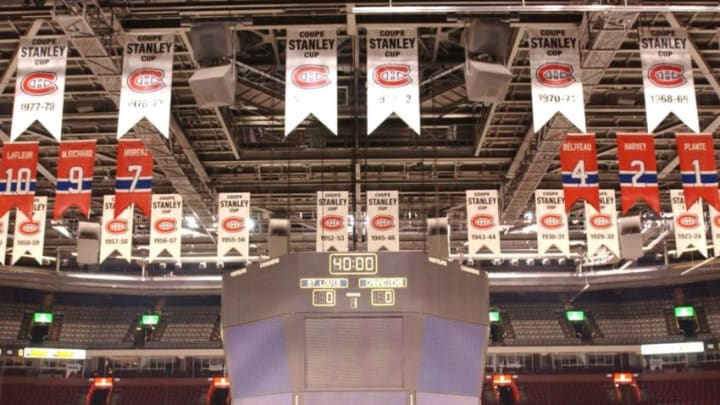
2. Patrick Roy and Mike Keane traded to the Colorado Avalanche for Martin Rucinsky, Andrei Kovalenko and Jocelyn Thibault
This was one of Rejean Houle‘s first trades and the wild thing is, it is debatable whether it was actually his worst or not. He had an awful tenure at the helm of the Habs from 1995-2000 and traded away several key pieces that would go on to have great success over the next few years elsewhere.
The best player he traded away was definitely Patrick Roy. There is no denying Roy’s incredible talents in goal and he is arguably the best goaltender to ever strap on the pads in the history of the NHL. He was amazing for the Habs for ten seasons and basically carried them to their two most recent Stanley Cups. With a little more time in Montreal, he likely could have helped them win more.
Roy was traded to the Avalanche in December of 1995 because he was having a rift with head coach Mario Tremblay. The coach was in over his head and, along with Rejean Houle, decimated the team because he could not get along with any of their star players.
Roy went on to Colorado and immediately helped them, along with Claude Lemieux and Mike Keane, to a Stanley Cup title in 1996. Roy was exceptional, as always, in the postseason, putting up a 2.10 goals-against average and a .921 save percentage.
Roy would continue his dominance of the NHL for eight seasons in Colorado. He started between 60 and 65 games every year, finished in the top eight of Vezina Trophy voting every year he was in Colorado and was top five on five occasions. He won the Conn Smythe as playoff MVP in 2001 and even earned some Hart Trophy votes for league MVP three different seasons.
There is no question, any team that had Patrick Roy in their net had a chance to win every game in the late 1990’s and into the 2000’s until he announced his retirement in 2003. Had he stayed in Montreal, they would have been a serious Stanley Cup contender throughout the rest of that decade and even into the early 2000’s.
Mike Keane was a great penalty killer and provided a lot of leadership for the teams he played on after leaving Montreal. He won a Cup with the Avs in 1996 and again with the Dallas Stars in 1999. Martin Rucinsky, Andrei Kovalenko and Jocelyn Thibault were all decent NHL players at the time, but their contributions paled in comparison to what Patrick Roy brought late in his career.
